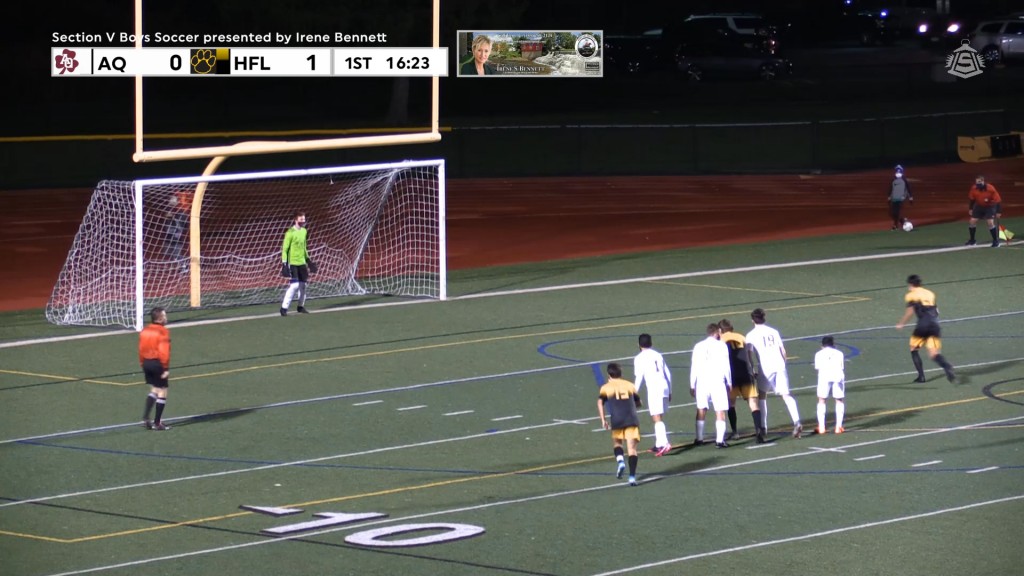Broadcasting plays a pivotal role in shaping the social side of sports, acting as a catalyst that ignites and fuels online conversations. Through the lens of broadcasting, sports events transform into communal experiences, uniting fans worldwide in a shared spectacle of athleticism and competition. Whether it is a nail-biting championship game or a historic rivalry match, the immediacy and accessibility of broadcasting platforms amplify the emotional intensity of the moment, spurring fans to engage in real-time discussions across various online channels. Social media platforms like Twitter, Facebook, and Reddit serve as virtual stadiums where fans gather to express their opinions, share reactions, and participate in a collective dialogue that transcends geographical boundaries. The allure of broadcasting lies not only in its ability to deliver live action but also in its capacity to enhance the viewing experience through immersive storytelling and dynamic commentary. Sports broadcasters are more than just narrators; they are storytellers who weave compelling narratives around athletes, teams, and rivalries, capturing the imagination of viewers and deepening their emotional investment in the game.

These narratives provide the fodder for online conversations, as fans dissect plays, analyze strategies, and engage in friendly banter or heated debates about the outcome. Broadcasting acts as a catalyst for these discussions, offering a common thread that binds fans together and stimulates their passion for the sport. Moreover, the rise of second-screen experiences has revolutionized the way fans engage with sports content, blurring the lines between traditional 해외축구중계 and online interaction. With smartphones, tablets, and laptops at their fingertips, fans can seamlessly transition between watching the game on TV and engaging with online communities in real time. Social media platforms capitalize on this trend by offering interactive features such as live polls, Q&A sessions with commentators and behind-the-scenes access, enriching the viewing experience and encouraging active participation. These second-screen experiences not only deepen fan engagement but also extend the reach of broadcasting by attracting new audiences who may discover the game through social media recommendations or viral moments.
Furthermore, broadcasting acts as a catalyst for fan-driven content creation, empowering individuals to become active participants in the sports conversation. From memes and GIFs to fan art and highlight reels, fans leverage digital platforms to express their creativity, humor, and passion for their favorite teams and players. Social media influencers and content creators play a crucial role in amplifying these fan-generated narratives, curating and sharing user-generated content to their followers and fostering a sense of community within the online sports ecosystem. Broadcasting serves as the linchpin that connects these disparate voices, providing a platform for fans to share their stories, celebrate their victories, and commiserate in their defeats. In conclusion, broadcasting is more than just a means of delivering sports content; it is a catalyst that drives online conversations and shapes the social side of sports. Through immersive storytelling, interactive experiences, and fan-driven content creation, broadcasting transforms sports events into global spectacles that unite fans in a shared passion for the game. As technology continues to evolve and social media platforms evolve, broadcasting will remain at the forefront of the sports conversation, fueling discussions, fostering communities, and connecting fans across the world.